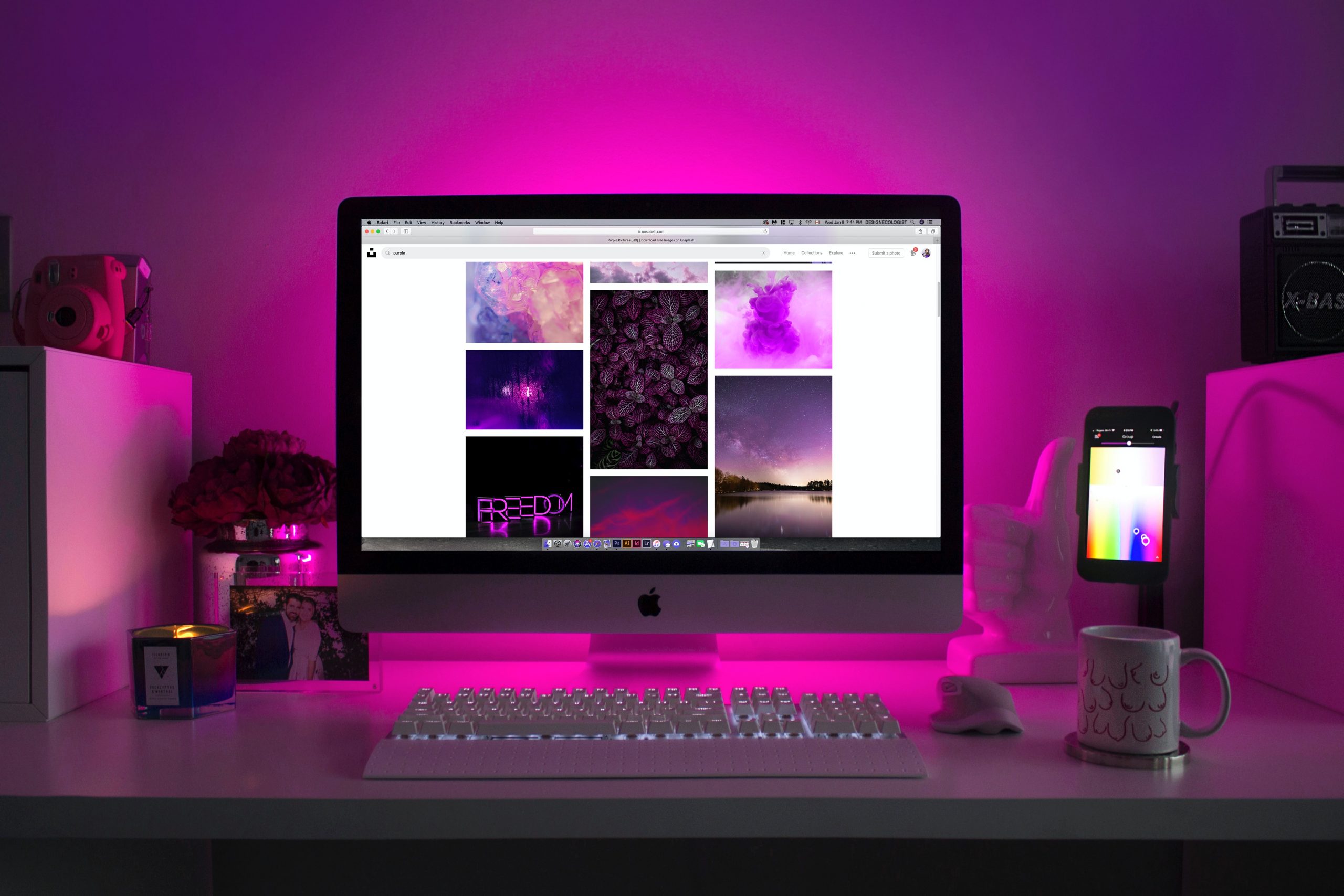When launching a freelance textile design business, the list of assumed “must-haves” and “must-knows” can be long and understandably overwhelming. Many designers assume that they must have hundreds of patterns, rockin’ trend forecasts, super-speed Adobe skills, a facebook page, a twitter account, a website, a product line, etc..etc..etc..
All of these skills, tools and achievements are important, and can help you bring in more clients, but you can also launch and grow your business in a more organic way, by starting small and slowly working your way up the design ladder.
Begin to think of your freelance textile design business as a full-time job. At your current level, what projects would you be working on in a corporate design setting?
A novice textile designer would develop repeats, mix color palettes, update purchased artwork and work on low-level trend research. They most likely wouldn’t be responsible for managing hundreds of patterns or giving high-level trend presentations.
If you are new to the industry, entry level tasks such as repeats, indexing, color palette development and artwork updates are a wonderful way to get your foot in the door with your dream customer. These jobs may not sound glamorous, or make you feel like the baddest designer on the block, but they are a great way to bring in some extra cash and grow your network naturally and with ease. Ahh… a textile design business with ease.
In other words, you don’t have to be a Sr. Designer to launch a successful business, you just have to rock the skills that you have and learn the rest as you go. Click to tweet!
Similar to my first full-time job, my first freelance textile design job was putting very simple patterns into repeat for P&B Textiles. Over time, after gaining the trust and respect of the in-house design team, I was given more complex projects. I didn’t jump into the relationship expecting to develop full pattern design collections, I started small and the relationship grew organically.
You can launch your freelance textile design business in a similar way. Entry level positions can be found through job boards such as craigslist and stylecareers and are usually paid on an hourly basis, between $35-$50/ hour depending on your experience level and location. After your client sees that you can deliver high quality work in a timely manner, they will likely begin to give you more complex projects, such as original pattern development and high-level trend research and you will have a client for life.
In the Ultimate Guide to Repeats we start where any aspiring freelance designer should start, mastering the repeat process. I can’t promise that you will become a repeat guru overnight, but you will learn the techniques to developing professional patterns and repeats that you can then practice until they are mastered. You will be able to stop guessing your way through the repeat process and will have a system to developing patterns and repeats that you can refer back to when you are feeling overwhelmed or lost.
“I can’t emphasize enough how important your classes have been in my venture into surface design. Your tutorials are packed with useful information and inspiring ideas. The tone of the class was so supportive. I also enjoyed the spirit of friendship and community in the group of students.” – Chris Olson
Ready to put your repeat skills to the test? Join us here.













